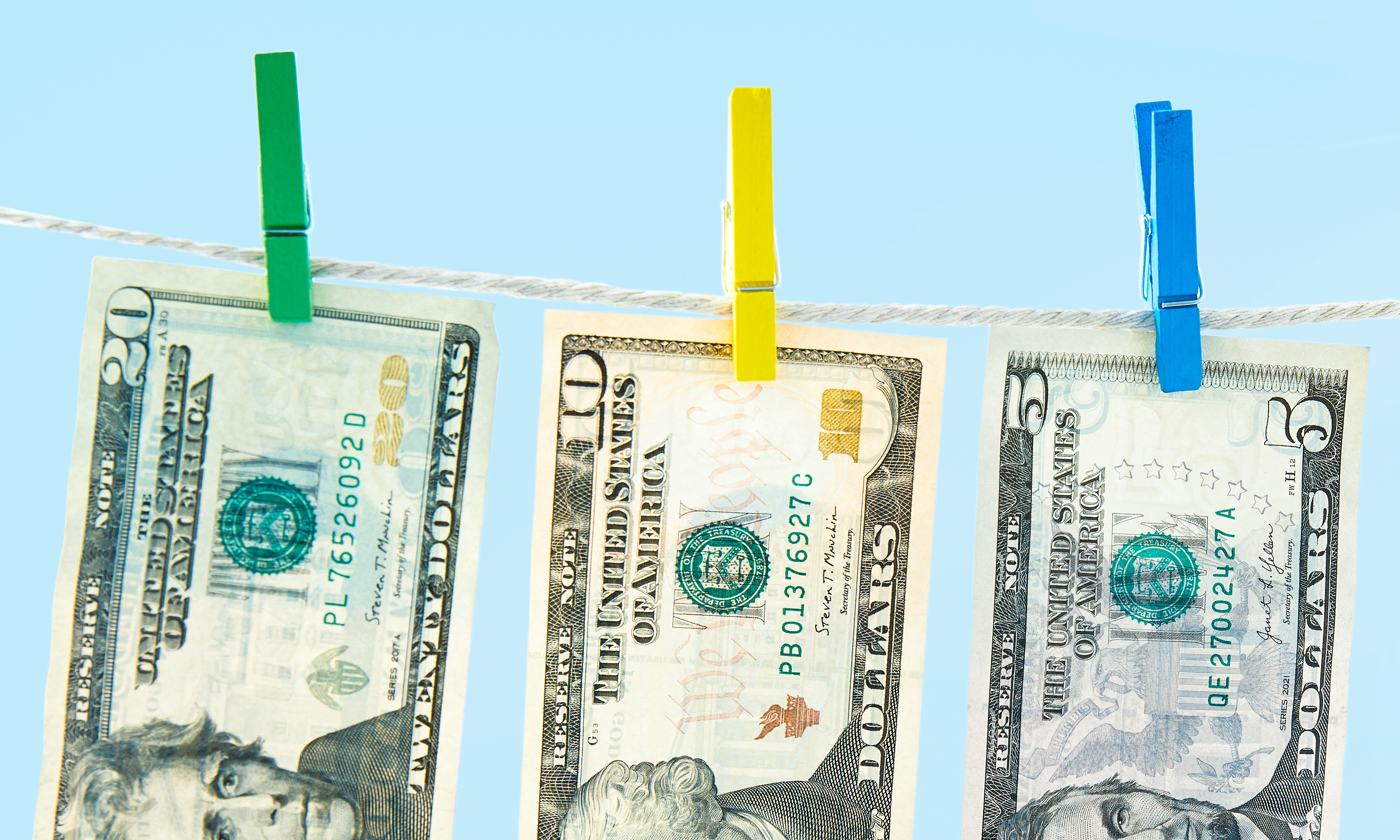7 Ways to Utilize Your Life Insurance Policy’s Cash Value
If you no longer need life insurance, don't just cancel the policy and cash out. Instead, consider one of these strategies to capitalize on its value while minimizing taxes.


Permanent life insurance policies—like universal, variable and whole life—offer more than a death benefit. Some include cash value, which is a pool of money you can use while still alive.
If you’ve had a policy for years, the cash value could be considerable. “The accumulation could be more than you put in, and this opens up all kinds of options,” says Jonathan Howard, a certified financial planner with SeaCure Advisors in Lexington, Ky.
The cash value in permanent life insurance is your money, to be tapped as needed, but your options for doing so will depend on the type of policy and the carrier. Before doing anything, ask the insurer how much you can safely withdraw per year based on the cash value balance and policy terms. If you withdraw too much too early, the policy’s cash value could run out, forcing you to start paying more in premiums or have the coverage lapse.
If you no longer need coverage, it might be tempting to stop the policy and cash out all at once, but consider the tax ramifications, says Luke Chapman, a partner with Precision Wealth Partners in New Castle, Del. Any cash value growth above what you paid in premiums is taxed as ordinary income when withdrawn. For example, if you paid in $20,000, have $100,000 in cash value and withdraw the difference, the $80,000 of growth is taxable.
There are better ways to put that cash value to work that won’t ramp up your tax bill.

Live Off of It
A more tax-effective option is to withdraw only what you need each year. Howard recommends keeping some money for an emergency fund, perhaps 12 months of expenses, with the rest used to supplement your retirement income. Withdrawals draw down the tax-free premium payments first; taxes are owed only after you start withdrawing the gains.

Borrow Money
You can also tap the cash value through a policy loan. You won’t owe taxes for withdrawing gains this way. Plus, you’ll have the option to repay the money, whereas you can’t reverse withdrawals. If the money is not repaid, the death benefit will cover the loan balance when you pass away.
The insurer will charge interest for the loan. “The interest rate is determined by the policy contract and is carrier specific,” says Howard. “It’s typically 4% to 8% a year.” Policy loan rates don’t usually change with market conditions, he says, so don’t expect a deal today just because overall interest rates are low. Your remaining cash value can be used to pay the interest.

Exchange It for an Annuity
The IRS lets you swap your permanent life insurance for an annuity through a 1035 exchange, which is a tax-free transfer of one contract for another. This move can generate more retirement income. “Let’s say the max payout stream from a cash value insurance policy is $10,000 a year. Converting to an annuity might generate $12,500,” Chapman says. An annuity could also guarantee the payments will last your entire life, but you will be canceling your life insurance policy, a move that can’t be reversed.

Convert to a New Policy to Pay for Long-Term Care
If you’d like coverage for long-term care, consider converting your life insurance into another policy with a long-term care rider (if yours doesn’t have it already). You keep your life insurance, but part of the death benefit can be used to pay for long-term care expenses.

Use It as Collateral
The cash value is an asset that increases your chances of qualifying for a loan or mortgage from a lender. It can even serve as the loan’s collateral, but Chapman warns to structure the deal carefully, as there can be tax consequences. Always ask an insurance expert before using cash value this way.


Profit and prosper with the best of Kiplinger's advice on investing, taxes, retirement, personal finance and much more. Delivered daily. Enter your email in the box and click Sign Me Up.

David is a financial freelance writer based out of Delaware. He specializes in making investing, insurance and retirement planning understandable. He has been published in Kiplinger, Forbes and U.S. News, and also writes for clients like American Express, LendingTree and Prudential. He is currently Treasurer for the Financial Writers Society.
Before becoming a writer, David was an insurance salesman and registered representative for New York Life. During that time, he passed both the Series 6 and CFP exams. David graduated from McGill University with degrees in Economics and Finance where he was also captain of the varsity tennis team.
-
 Is Your Emergency Fund Running Low? Here's How to Bulk It Up
Is Your Emergency Fund Running Low? Here's How to Bulk It UpIf you're struggling right now, you're not alone. Here's how you can identify financial issues, implement a budget and prioritize rebuilding your emergency fund.
-
 Guide to How All-Assets Planning Offers a Better Retirement
Guide to How All-Assets Planning Offers a Better RetirementAn "all-asset" strategy would integrate housing wealth and annuities with traditional investments to generate more income and liquid savings for retirees.
-
 Forget FIRE: Why ‘FILE’ Is the Smarter Move for Child-Free DINKs
Forget FIRE: Why ‘FILE’ Is the Smarter Move for Child-Free DINKsHow shifting from "Retiring Early" to "Living Early" allows child-free adults to enjoy their wealth while they’re still young enough to use it.
-
 9 Types of Insurance You Probably Don't Need
9 Types of Insurance You Probably Don't NeedFinancial Planning If you're paying for these types of insurance, you may be wasting your money. Here's what you need to know.
-
 10 Retirement Tax Plan Moves to Make Before December 31
10 Retirement Tax Plan Moves to Make Before December 31Retirement Taxes Proactively reviewing your health coverage, RMDs and IRAs can lower retirement taxes in 2025 and 2026. Here’s how.
-
 The Rubber Duck Rule of Retirement Tax Planning
The Rubber Duck Rule of Retirement Tax PlanningRetirement Taxes How can you identify gaps and hidden assumptions in your tax plan for retirement? The solution may be stranger than you think.
-
 Money for Your Kids? Three Ways Trump's ‘Big Beautiful Bill’ Impacts Your Child's Finances
Money for Your Kids? Three Ways Trump's ‘Big Beautiful Bill’ Impacts Your Child's FinancesTax Tips The Trump tax bill could help your child with future education and homebuying costs. Here’s how.
-
 Key 2025 Tax Changes for Parents in Trump's Megabill
Key 2025 Tax Changes for Parents in Trump's MegabillTax Changes Are you a parent? The so-called ‘One Big Beautiful Bill’ (OBBB) impacts several key tax incentives that can affect your family this year and beyond.
-
 Amazon Resale: Where Amazon Prime Returns Become Your Online Bargains
Amazon Resale: Where Amazon Prime Returns Become Your Online BargainsFeature Amazon Resale products may have some imperfections, but that often leads to wildly discounted prices.
-
 What Does Medicare Not Cover? Eight Things You Should Know
What Does Medicare Not Cover? Eight Things You Should KnowMedicare Part A and Part B leave gaps in your healthcare coverage. But Medicare Advantage has problems, too.
-
 457 Plan Contribution Limits for 2026
457 Plan Contribution Limits for 2026Retirement plans There are higher 457 plan contribution limits in 2026. That's good news for state and local government employees.
